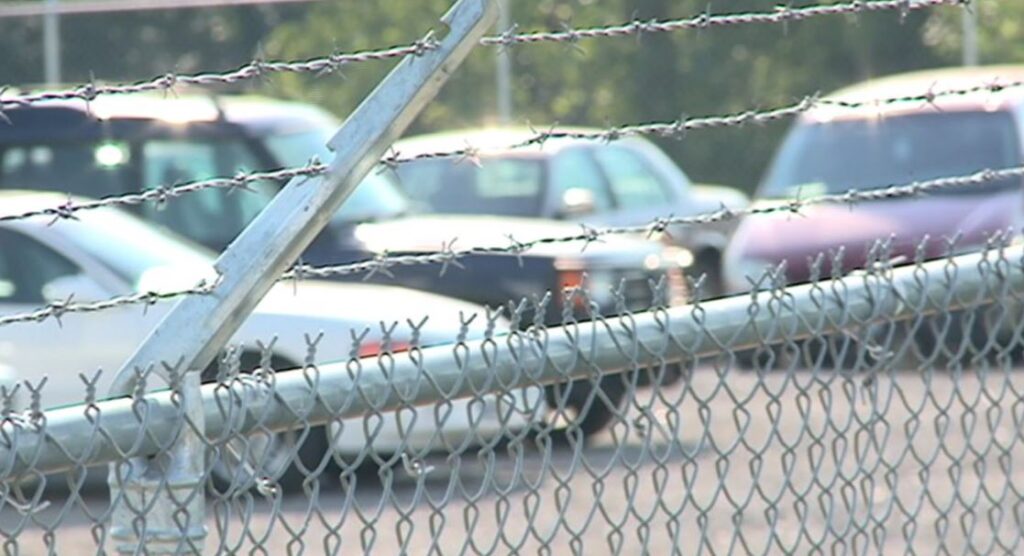
Going through the process of dealing with a repossessed vehicle can be quite stressful and challenging. However, there is some hope for individuals facing this situation as filing for Chapter 13 bankruptcy can potentially provide a way to recover the repossessed auto. In this guide we will explore how Chapter 13 bankruptcy can serve as a tool in reclaiming a repossessed vehicle. We will cover the process involved, factors to consider, and the critical steps you need to take to get your vehicle back.
Understanding the Power of Chapter 13 Bankruptcy
Immediate Automatic Stay:
The most significant advantage of filing for Chapter 13 bankruptcy is the immediate enactment of an automatic stay. This legal injunction halts creditors from pursuing collection actions, including repossessing vehicles. If your vehicle has yet to be sold at auction, the automatic stay is a critical tool in repossessing your vehicle.
Timing and Negotiation:
The key, to recovering a repossessed vehicle depends on when the bankruptcy is filed. If the car is still with the creditor, and hasn’t been sold yet, there’s an opportunity to act. Your bankruptcy lawyer can engage in negotiations with the creditor, utilizing the stay to help facilitate the return of your car.
The Process of Vehicle Recovery in Chapter 13
- Negotiating with Creditors: A key step in reobtaining your car is negotiating with the creditor for the car’s return. This negotiation is often more successful when handled by an experienced bankruptcy attorney, who can argue for the inclusion of the car loan in the Chapter 13 repayment plan.
- Reinstating the Loan: Chapter 13 bankruptcy allows you to propose a repayment plan that includes catching up on overdue car payments. This plan spreads out the past due amounts and the ongoing payments over the life of the Chapter 13 plan, typically three to five years.
- Cramdown Opportunities: If your car loan is older, you might be eligible for a “cramdown.” This provision allows you to reduce the loan balance to the car’s current market value and potentially modify the loan’s interest rate and terms, making payments more affordable.
Key Considerations and Limitations
- Feasibility and Timing: The success of this plan mostly relies on how you take action following the repossession. The quicker you submit your Chapter 13 application after the repossession, the greater the likelihood of reclaiming the vehicle.
- Additional Costs: Recovering a repossessed vehicle might involve extra costs, such as repossession and storage fees. Fortunately, these fees can often be included in your Chapter 13 repayment plan which can help in paying off the additional costs. However, including additional costs in your payment plan will increase the overall amount you’ll need to repay.
- Affordability of the Plan: One crucial element of Chapter 13 involves proving to the bankruptcy court that you can financially handle the repayment plan being proposed. This plan will now encompass not only your car loan, but any other outstanding debts you may have.
- Legal Guidance is Crucial: Understanding the intricacies of Chapter 13 can be quite challenging. It’s important to seek guidance from a qualified bankruptcy attorney who can offer help in creating a repayment plan, engaging in negotiations with creditors, and ensuring that all legal obligations are met.
Conclusion
If you find yourself in the situation of having your vehicle repossessed, Chapter 13 bankruptcy offers a solution for getting it back and restoring your financial stability. Although this process can be intricate, with the right approach, and legal support, you can navigate it successfully. It’s crucial to take action and consult a bankruptcy attorney to effectively explore all your options for getting your vehicle back.


Get a Free Bankruptcy Case Evaluation